|
In the town of Copacabana, just after the Peruvian border, is the
beautiful Basilica de Copacabana with the famous Virgen de Copacabana. |
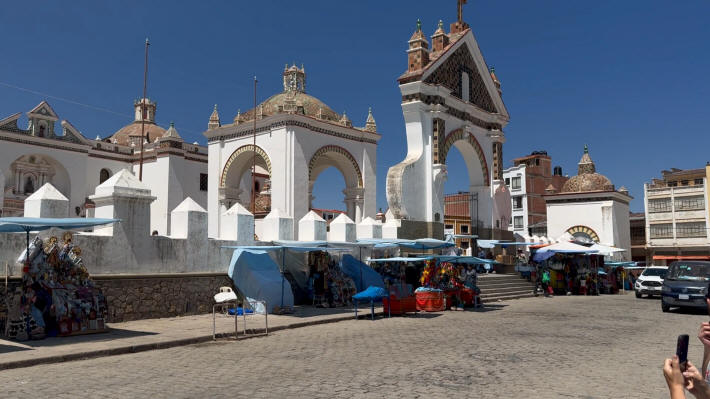 |
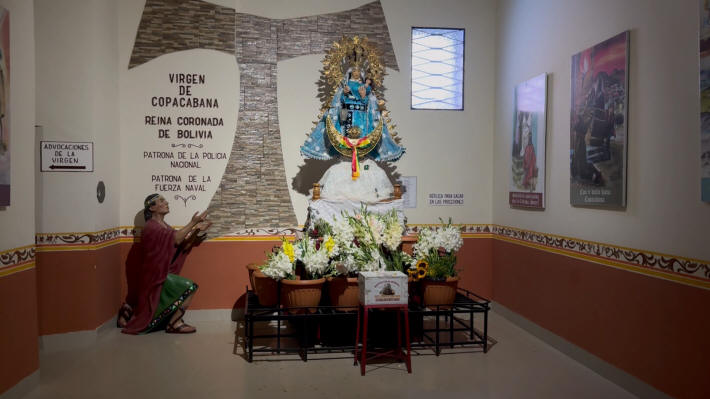 |
|
As the nucleus of the Inca Empire, the Incas elevated the island to a
sacred site and named it Isla del Sol in honor of their sun god Inti. |
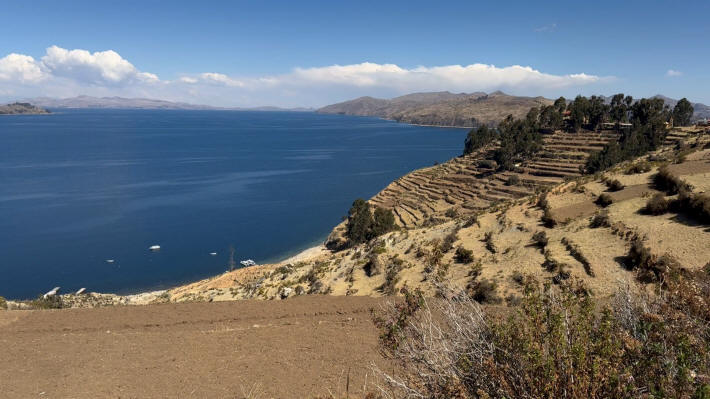 |
|
On the island there is an Aptapi, a typical highland lunch. |
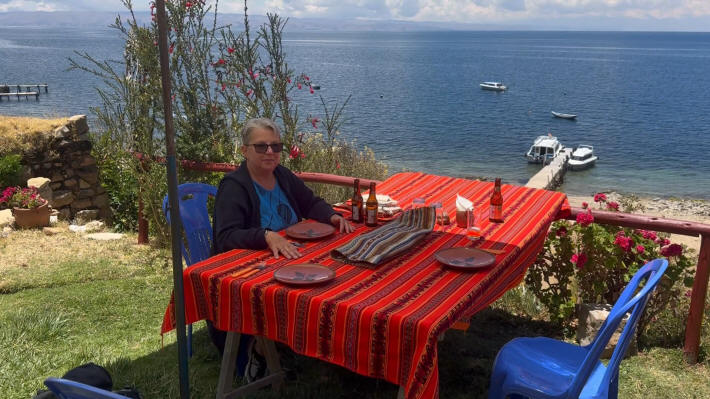 |
|
Corn, broad beans, potatoes, bananas, chicken, trout and sprats.
These small fish are usually put in the mouth with a snout and the head,
tail, bones, skin and innards are eaten at the same time. |
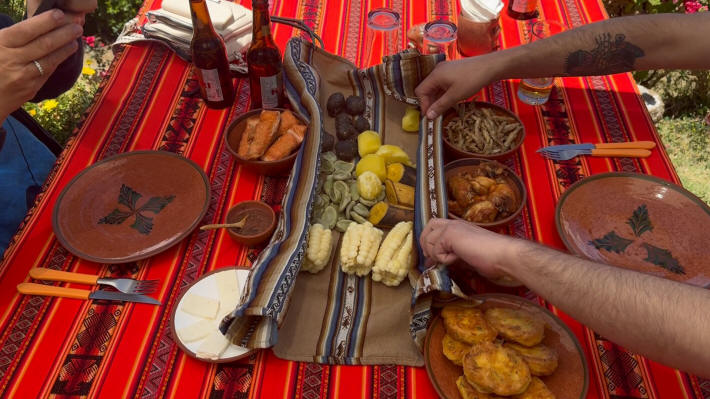 |
|
We begin with the long, strenuous climb to the La Estancia Ecolodge,
which is located at 4.000m above sea level.
The lodge can only be reached on foot.
Our suitcases are carried up by donkeys. |
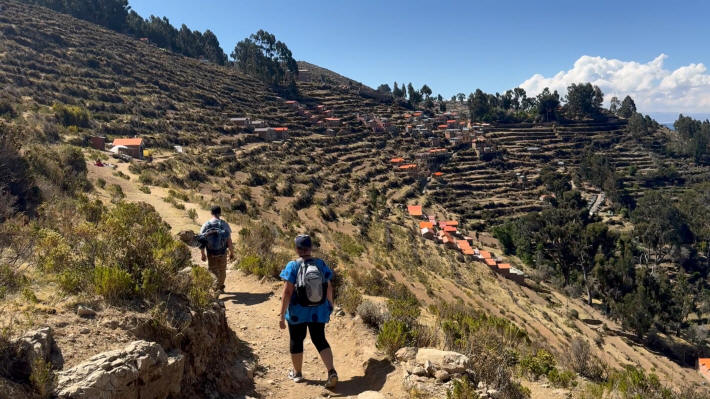 |
|
Inca Stairs |
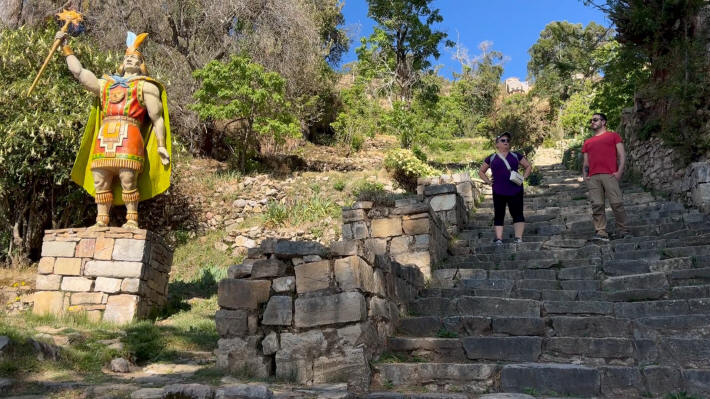 |
|
Back on the mainland, it's a 3.5-hour drive to La Paz. At an altitude of
3.600m, La Paz is the highest seat of government
in the world.
The official capital of Bolivia is Sucre. |
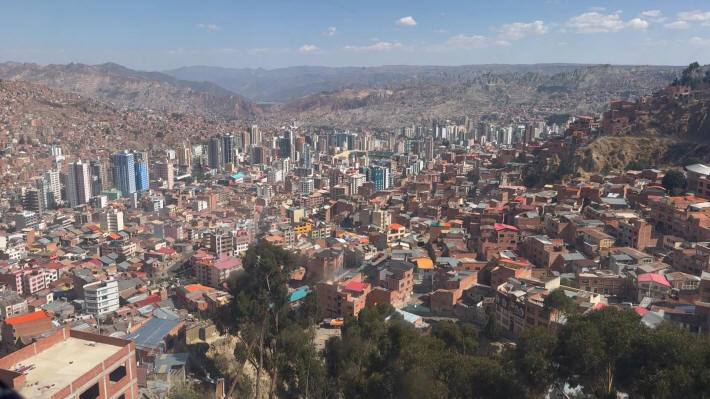 |
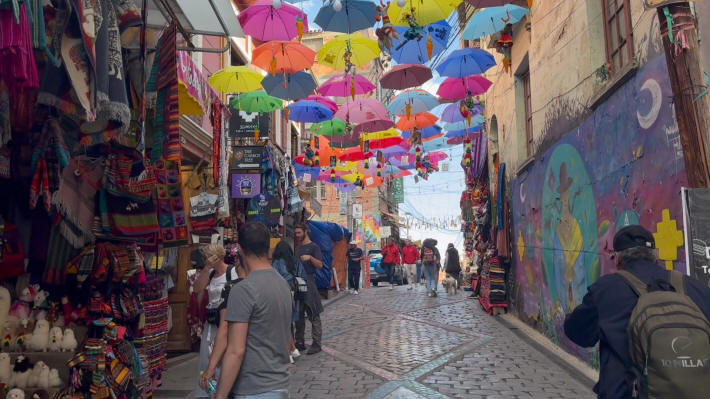 |
|
Since 2014, La Paz has had a very modern cable car system with 11 lines,
whose gondolas transport passengers over the steep slopes of the city.
This relieves the traffic-plagued streets and is the city's tourist
attraction.
It is the largest urban cable car network in the world, built by the
Austrian company Doppelmayr with cabins from Switzerland. |
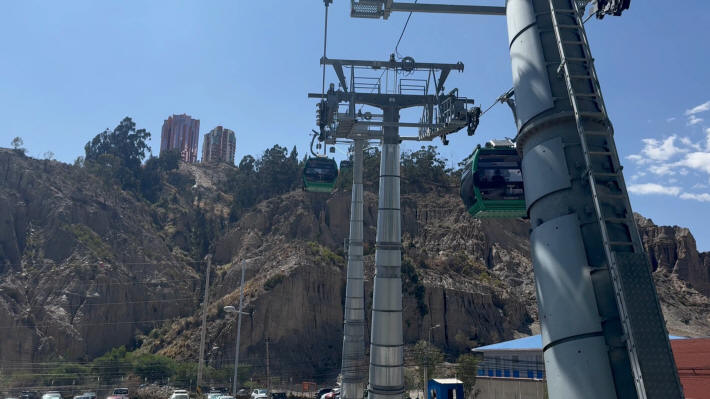 |
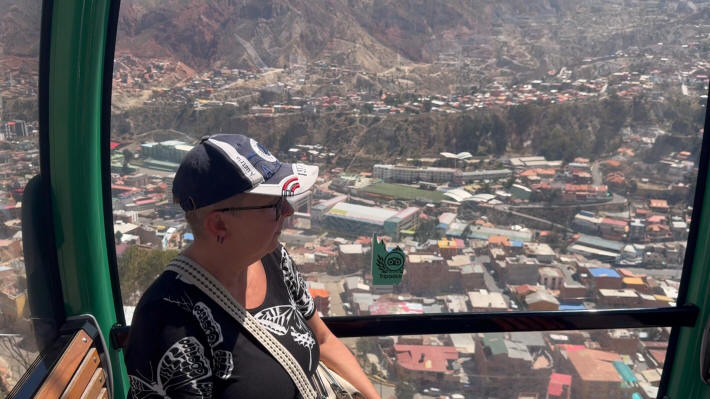 |
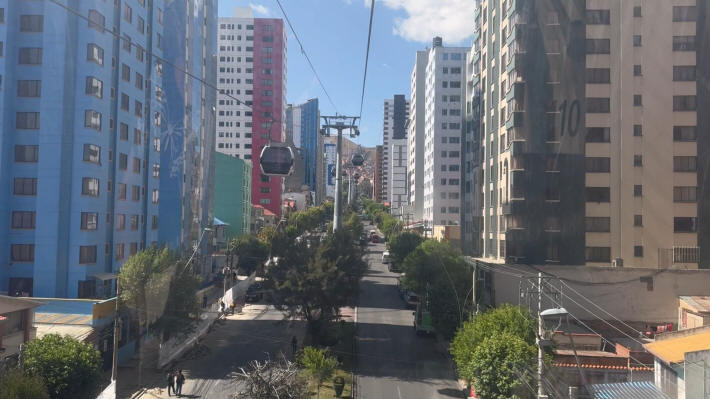 |
|
Located just 35 km from La Paz, Chacaltaya was once the highest ski
resort in the world at 5.350m.
Although no longer in operation, it offers wonderful views over
thousands of square kilometers of Andean highlands and the beautiful
Andes mountain range. |
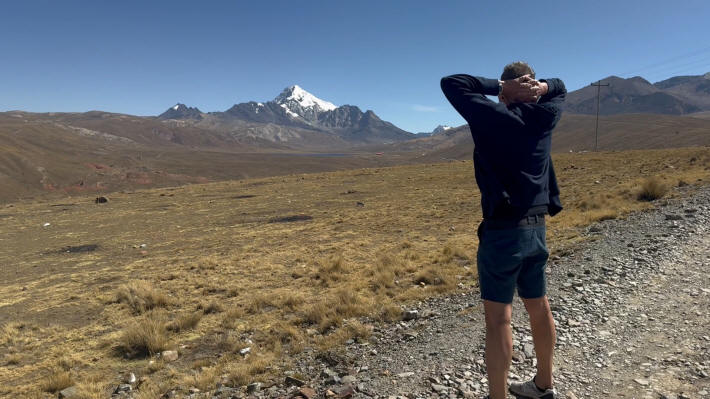 |
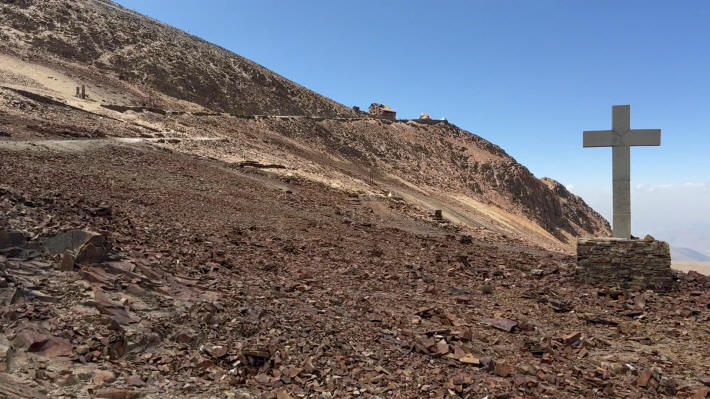 |
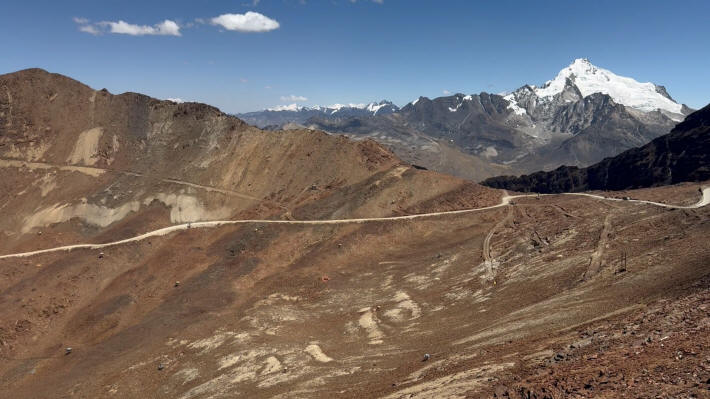 |
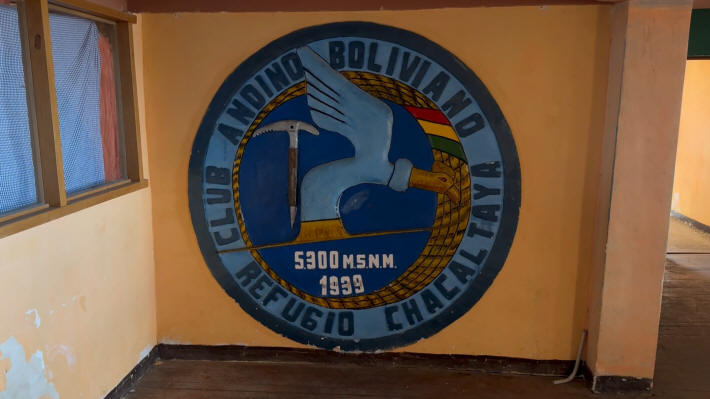 |
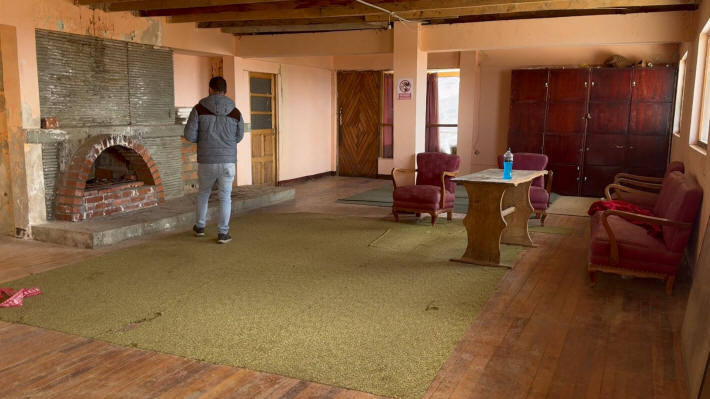 |
Watch Video
|
















